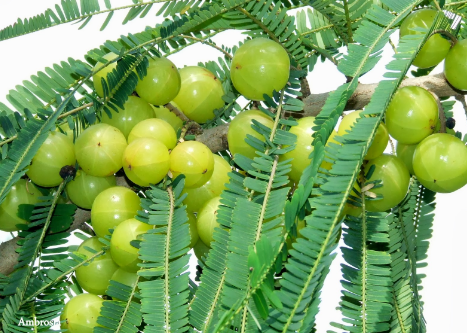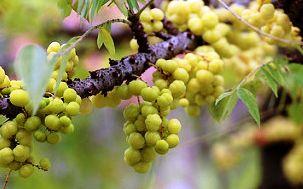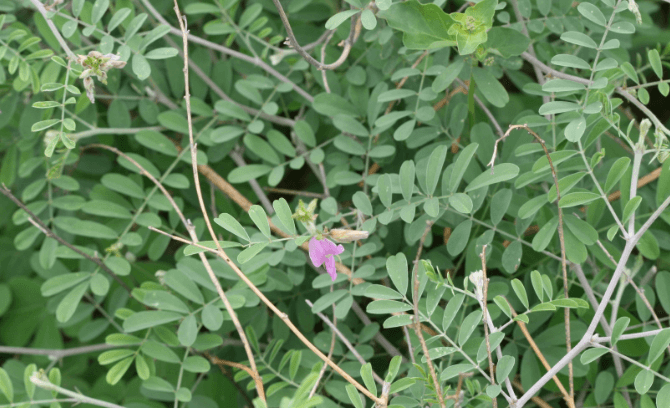Planting Herb in Containers-Herbal Planting
Many people living in units have little or no garden in which to grow their favourite plants, much as they would like to.
Herbs are easily grown in containers, provided they have plenty of sun and air, such as on a balcony or a window sill. Herbs should never be treated as indoor plants otherwise they will become disappointingly leggy and yellow, them die.
There are many types of suitable pots to buy for container growing: popular and easily obtainable are strawberry jars which are made in various sizes. They are mainly of terracotta and are sometimes glazed on the outside in attractive colours. Terracotta containers always need to be placed on a saucer because the pots are porous, and during dry, hot weather the saucer should be filled with water so that the pot draws up moisture which keeps the plants alive.
An average size strawberry jar has five six lipped holes in the sides and one large aperture in the top. This would be suitable for a balcony. Troughs are also favourite containers for herb gardens and are made in various sizes out of many different materials, such as terracotta (some with pleasing neoclassic designs on them), cement, crushed marble and polystyrene. A fairly small trough would be practical for a kitchen window sill, the size depending on the depth of the sill.
Other types of containers that may be used for raising herbs are large, round tubs made of cement, terracotta, or old wooden wine casks cut in half. We were once offered a large, ancient Roman sink which would have looked superb planted with herbs, but unfortunately it was much too expensive!
Excellent and unusual alternatives are wire baskets lined with damp paper bark (wetting makes it pliable), which when filled can be hung form an overhead beam on a terrace or a balcony. There is also terracotta hanging pots, some with holes in the side. The attractive wickers lobster pots have become much sought after as and have suitably heavy chains for hanging. Line these with damp newspaper before filling with soil and herbs. The paper eventually rots into firm compost while preventing the soil from falling through the cane.
Yet another alternative for growing herbs in a confined area is a novel attachment for your herb garden, make sure that it has a hole, or holes, in the bottom for drainage; if the hole or holes look rather large, as they sometimes are, cover each with a rough, unevenly shaped stone. This will stop the soil in the pot from falling out and at the same time will allow any excess water to gradually drain away. Do not use a flat stone that will completely cover the hole, seal in the water and cover the hole, seal in the water and kill the plant in the waterlogged soil,.
When planting out herbs from their growing pots, knock them out gently, first making sure that the soil is moist so that it does not fall away from the roots. Small – growing culinary herbs with compact root systems, such as thyme, chives, marjoram, sage, oregano, parsley and chervil ,can be planted fairly close together and still flourish. A trough approximately 60cm long and 20 cm wide will comfortably hold five herbs, especially if they are staggered when arranging them. A shallow azalea pot 40 cm in diameter holds up to seven plants.
Planting a strawberry jar with herbs is really quite easy once you know how. Whichever size you choose, start by putting a fairly large, uneven stone on top of the hole in the bottom and then fill the jar with potting mix to the level of the lowest lipped holes. Knock a plant from its pot and pass it down through the large opening at the top, pushing the foliage part of the herb through one of the side holes and leavening the roots intact within the pot. When all the side apertures are planted at this level, fill the pot with more soil to the next level of apertures and repeat the same process as before. When the top has been reached, plant with one of the larger herbs like rosemary leaving 2 cm from the top for watering. Never fill strawberry jar with soil and sow seeds in the lipped holes because they will wash out when watering.
To water a strawberry or herb jar, fill the pot to the very top, let it soak through the porous soil and repeat this about three times. By doing this you will ensure that the lowest plants in the side will get sufficient moisture. Much as we all like to grow mint, this herb, with its invasive root system, is better off in its own pot otherwise before long it will take over the whole container and strangle all the herbs in it.






